
Let's talk Coton de Tulears
The Coton de Tulear should come with a warning for happiness overload for anyone fortunate enough to adopt one. A small, clever and outgoing breed hailing from Madagascar, the Coton de Tulear, also known as the Royal Dog of Madagascar, is cherished for their carefree joviality, abundant affection and clownish antics. Tomfoolery aside, if there is one job the Coton de Tulear takes very seriously, it is providing their humans with enduring companionship and endless joy. Highly adaptable to any loving household, the Coton de Tulear makes a wonderful pet that thrives on time spent with their human families.Official name: Coton de Tulear
Other names: Royal Dog of Madagascar
Origins: Madagascar

| Drooling tendencies |
|
Warm weather? | |
| Shedding level | Suited to apartment living? | ||
| Energy level (high, low, medium) *: | Low | Family pet? * |
|
| Compatibility with other pets | Can stay alone?* |
* We advise against leaving pets alone for long stretches. Companionship can prevent emotional distress and destructive behaviour. Speak to your veterinarian for recommendations.
Every pet is different, even within a breed; this snapshot of this breed’s specifics should be taken as an indication.
For a happy, healthy and well-behaved pet, we recommend educating and socialising your pet as well as covering their basic welfare, social and behavioural needs.
Pets should never be left unsupervised with a child.
All domestic pets are sociable and prefer company. However, they can be taught to cope with solitude from an early age. Seek the advice of your veterinarian or trainer to help you do this.
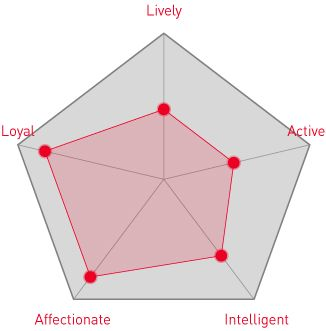

| Baby age: | Birth to 2 months |
| Puppy age: | 2 to 10 months |
| Adult age: | 10 months to 8 years |
| Mature age: | 8 to 12 years |
| Senior age: | From 12 years |
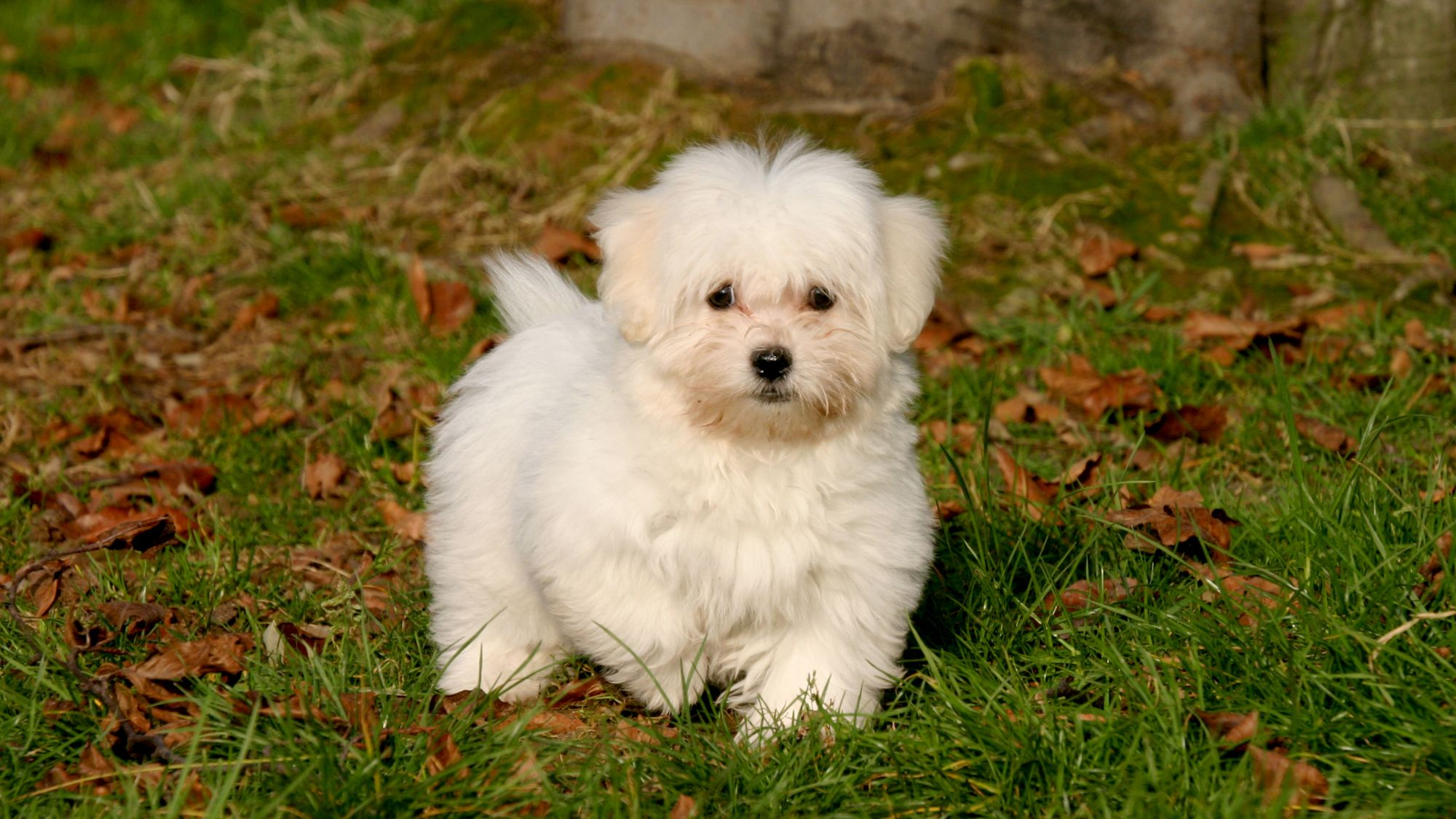
1/7
Get to know the Coton de Tulear
All you need to know about the breed
A native of Madagascar and member of the Bichon family, the Coton de Tulear is a small, happy-go-lucky breed with a gift for getting along with just about everyone, everywhere. The Coton de Tulear takes their ultra-chic name from the seaside city of Tuléar, located on their native island, and the French “coton”, meaning cotton—a reference to the texture of their abundant coat of soft, white hair.
But while their cloud-like coat is the Coton de Tulear’s most recognisable trait, it is perhaps their innate talent for entertaining that makes them such popular companions. For a Coton de Tulear, the world's a stage, and the show features a range of performances including one-of-a-kind vocalisations and jumping about on their hind legs. No need to hold your applause until the end of the act—your devoted attention is the point!
Given their desire for all eyes on them and strong social drive, it’s no surprise that a Coton de Tulear doesn’t fare well when left on their own. The Coton will happily engage in a number of pastimes including relaxing around the house, refreshing walks, and playtime with their favourite toys—as long as these take place in the company of their human family. If it’s a constant, devoted companion you’re looking for, the Coton de Tulear could be the ideal breed for you.
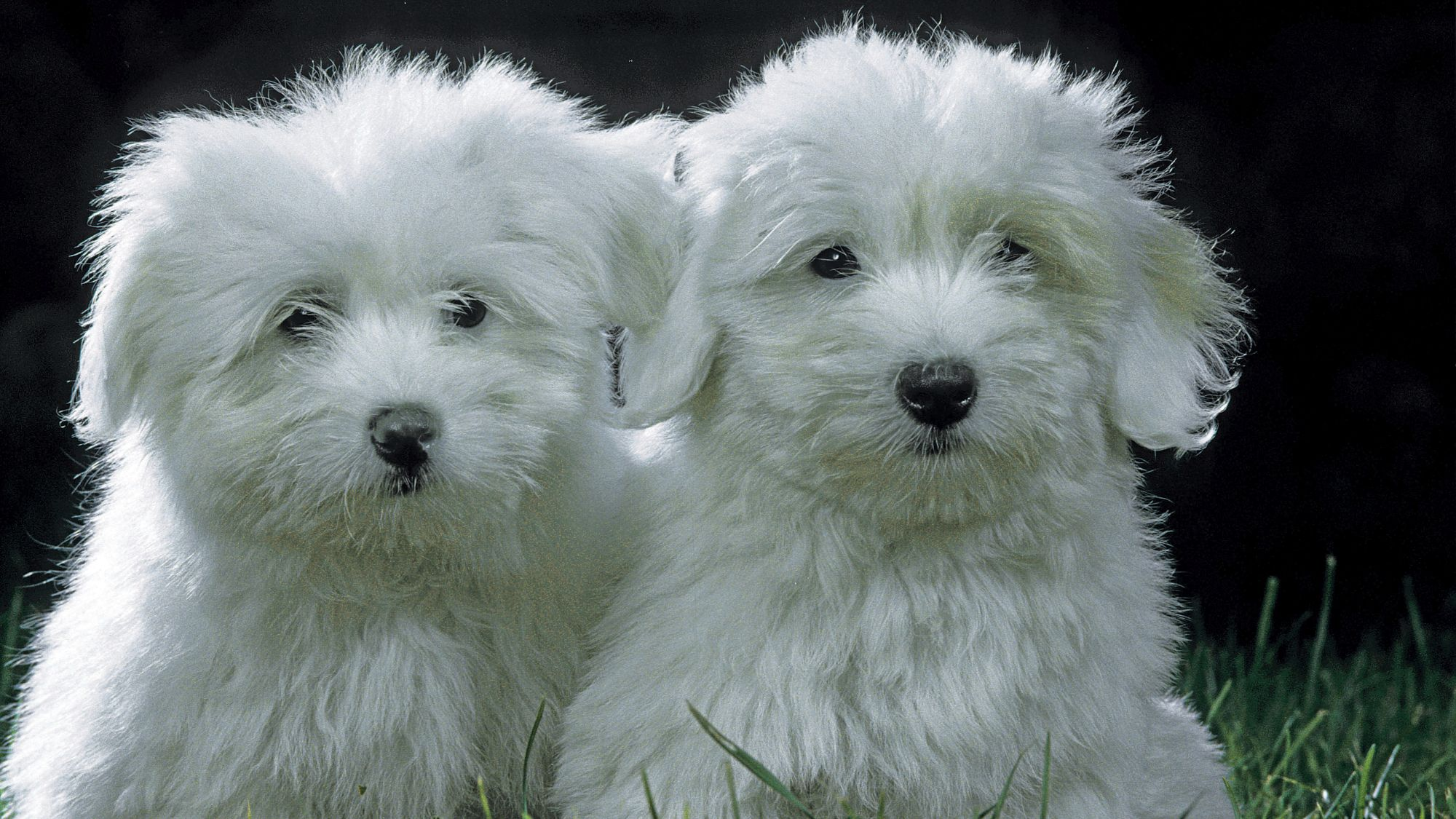
2/7
2 facts about Coton de Tulears
1. Can we talk?
While you will occasionally hear a Coton de Tulear bark, what this breed most often does is “talk”, i.e. communicate. Capable of producing a wealth of rather interesting vocalisations, Cotons de Tulear are gifted in gab and enjoy few things as much as striking up a conversation with their person.
2. It’s in the mail!
It’s a well-known fact that the Coton de Tulear has enjoyed huge popularity in recent history. Many celebrities, including Barbara Streisand, Glenn Close, and Jane Fonda are proud Coton de Tulear owners. But you would need to correspond with someone in Madagascar to know that this breed’s likeness is featured on postage stamps in its native country. That’s right, the Royal Dog of Madagascar is a world traveller, albeit by mail.
History of the breed
Though relatively new to the Western world, the Coton de Tulear, named after the seaport of Tuléar, has existed for centuries on the island of Madagascar, located off the south-eastern coast of Africa.
The story of just how the Coton de Tulear came to be on the island could have come from the pages of Robinson Crusoe: It is said that centuries ago, a group of small white dogs survived a shipwreck, swam to shore and survived as a feral pack, mating with local dogs to ultimately create the Coton de Tulear. Whether true or not, the fact is that the Coton de Tulear became a favourite of Malgasy nobility and was soon known as the Royal Dog of Madagascar. In fact, so prized were Cotons de Tulear that Malagasy aristocrats passed laws that forbid commoners from owning them and rarely let the breed leave the island.
It wasn’t until the late 1960s that the Coton de Tulear caught the attention of French tourists who took them back to Europe to begin breeding efforts. They were introduced to the United States around the same time where the lovable, carefree breed enjoyed overwhelming success that continues to this very day.

4/7
From head to tail
Physical characteristics of Coton de Tulears
1. Ears
Flöt en ekki þung eyru hanga niður beggja vegna höfuðsins
2. Feldur
Stuttur, þéttur feldur yfir vatnsheldum undirfeldi
3. Fur
Feldurinn getur verið svartur, súkkulaðibrúnn eða gulur, allt frá rjómagulum upp í rauðleitan
4. Skott
Langt skottið er ofarlega og er stöðugt á iði, stundum iðar jafnvel allur líkaminn.
5. Leggir og hryggjarsúla
Hlurfallslega vel vaxinn og gott jafnvægi á milli leggja og hryggjarsúlu.
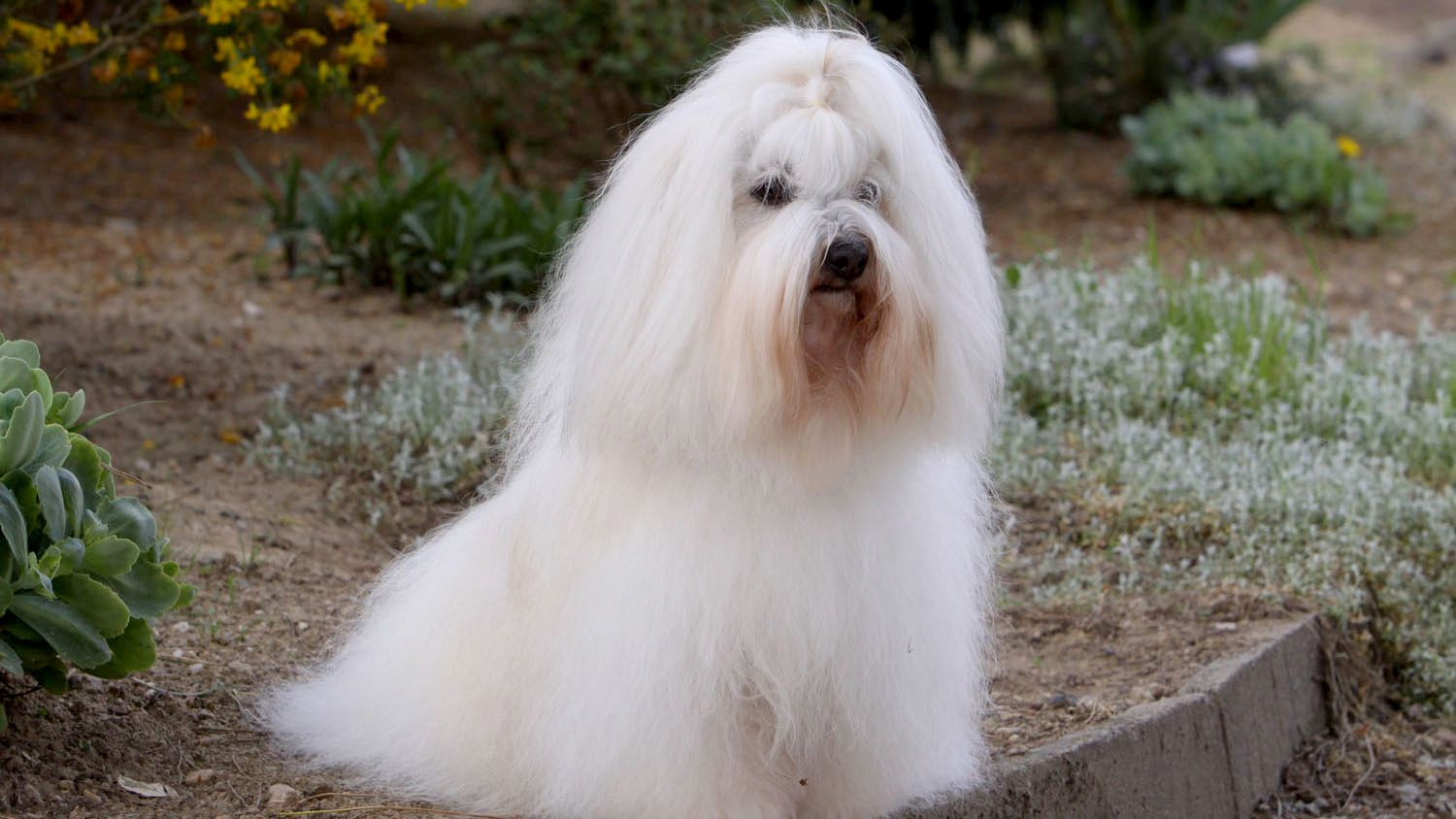
5/7
Things to look out for
From specific breed traits to a general health overview, here are some interesting facts about your Coton de Tulear
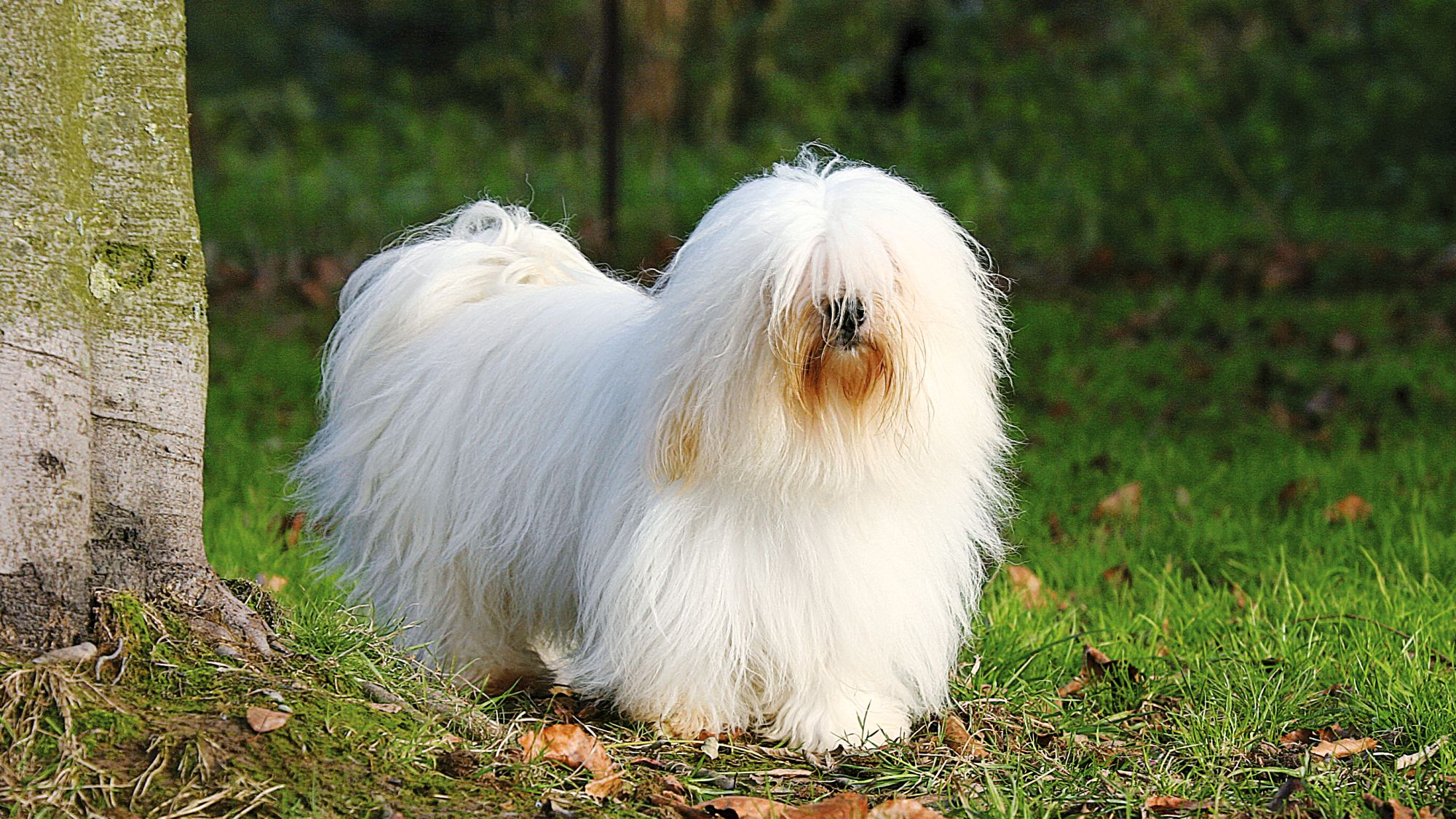
6/7
Caring for your Coton de Tulear
Grooming, training and exercise tips
The Coton de Tulear’s abundant, soft coat can be kept in a short, manageable ‘puppy clip’, or left to grow to its full four inches. Should you opt for the latter, the coat should be gently but thoroughly brushed three to four times a week to avoid matting and sprayed with doggie-approved conditioner to prevent breakage. Also, be sure to check their coat for any debris that may have hitched a ride in from sojourns in the garden. Cotons de Tulear are fairly active dogs that do best when given regular exercise; however, because the Coton de Tulear is a small breed, short daily walks are preferable to long-distance outings. Naturally fun-loving and keen to please, a Coton de Tulear thrives on regular sessions of fetch and playtime as long as they’re spent in the company of their humans. The highly intelligent Coton de Tuléar responds very well to training, provided it’s lively and entertaining, and excel in agility and obedience activities. While the breed is naturally gregarious, they are also territorial, so it is best to socialise them at an early age to ensure best behaviour in the long-run.7/7
All about Coton de Tulears
The Coton de Tulear is known more for their vocalisations than barking. While the Coton de Tulear does occasionally bark, it’s usually to alert you to the sound of the doorbell and a single bark will usually satisfy this urge.
While the Coton de Tulear has abundant medium to long, fluffy hair, the breed does not shed heavily. With regular brushing, the Coton de Tulear’s coat is quite manageable and considered compatible with those who are allergic to dander.
Read more on this topic


How to adopt a dog

Things to consider before getting a dog
Sources
1 - Veterinary Centers of America https://vcahospitals.com/
2 - Royal Canin Dog Encyclopaedia. Ed 2010 and 2020
3 - Banfield Pet Hospital https://www.banfield.com/
4 - Royal Canin BHN Product Book
5 - American Kennel Club https://www.akc.org/